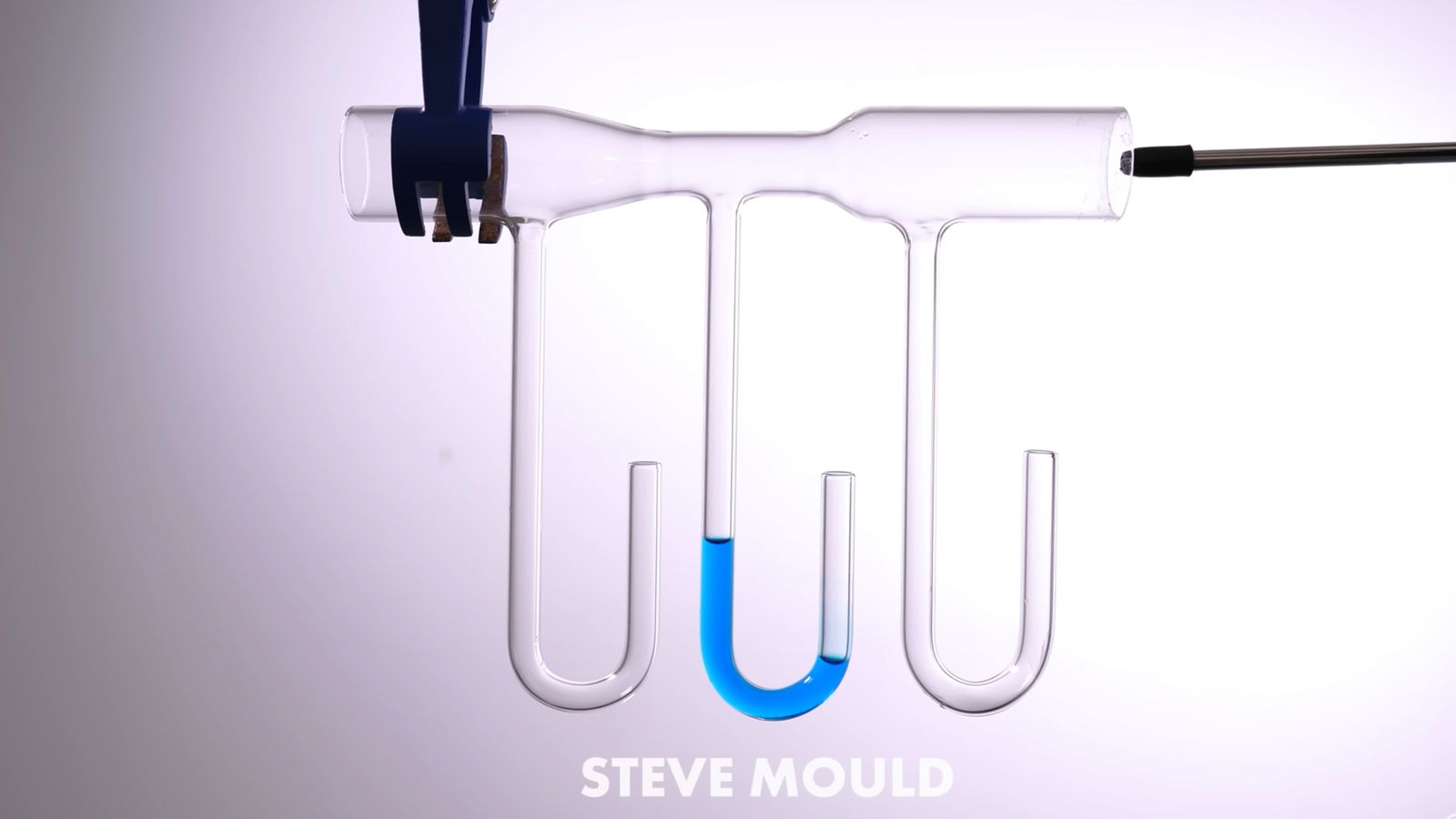How Do Petrol Pumps Turn Themselves Off? This Video Explains All
If you’re as geeky as us, you’ve probably wondered how a petrol pump at a filling station switches itself off once you’ve filled your car’s tank full of fuel. Well, this video uploaded by Youtuber Steve Mould shows how the system works, and it’s more fascinating than we’d expected.
Just like Steve, we assumed the pump probably used some form of electric sensor to detect when the fuel reached the tip of the pump nozzle or something, but in fact, there are a few interesting mechanisms in play to make the self-stopping pump work.
In the video, the Youtuber cuts a cross-section of a fuel pump nozzle open so you can see the inner workings, and Mould also built a few different models to better illustrate each part of the pump.

One of the main features of the pump that you might not have ever noticed before is a small hole called the ‘Venturi sensor’. While that sounds like a pretty hi-tech name for some electrical component, it’s actually a completely fluid-mechanically operated sensor, which works by exploiting the ‘Venturi effect’.
Mould demonstrates how the Venturi effect works as part of the video, with the help of some Venturi tubes. These show how air passing through a tube that narrows in the middle experiences a reduction in pressure, which sucks up liquid underneath it – this is also similar to how a carbureted engine mixes air with fuel on its way to the combustion chambers of an engine.
For the full explanation of how the pump turns itself off once the petrol reaches the end of the nozzle, put the kettle on and check out the video. We’d try to explain it ourselves, but Steve’s visual representations and clear explanations do the best job of showing how it all works.
Comments